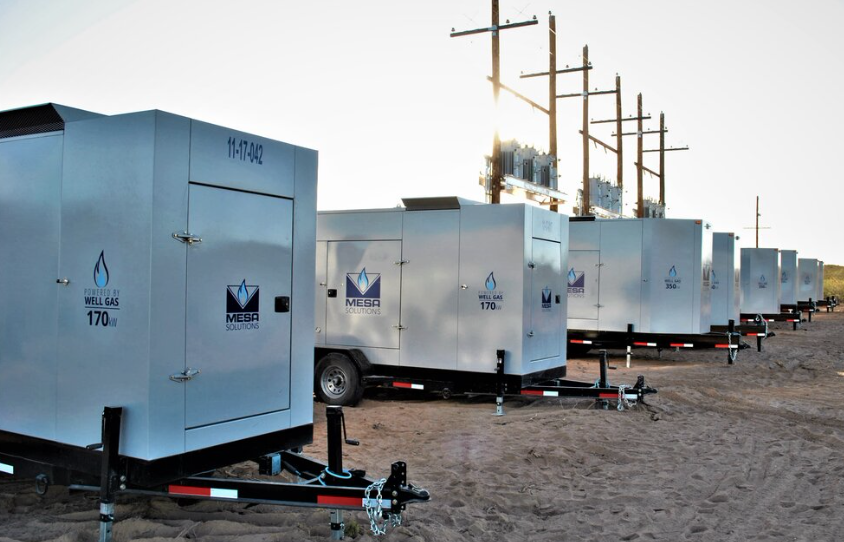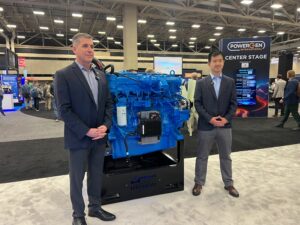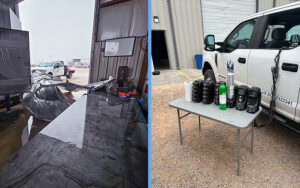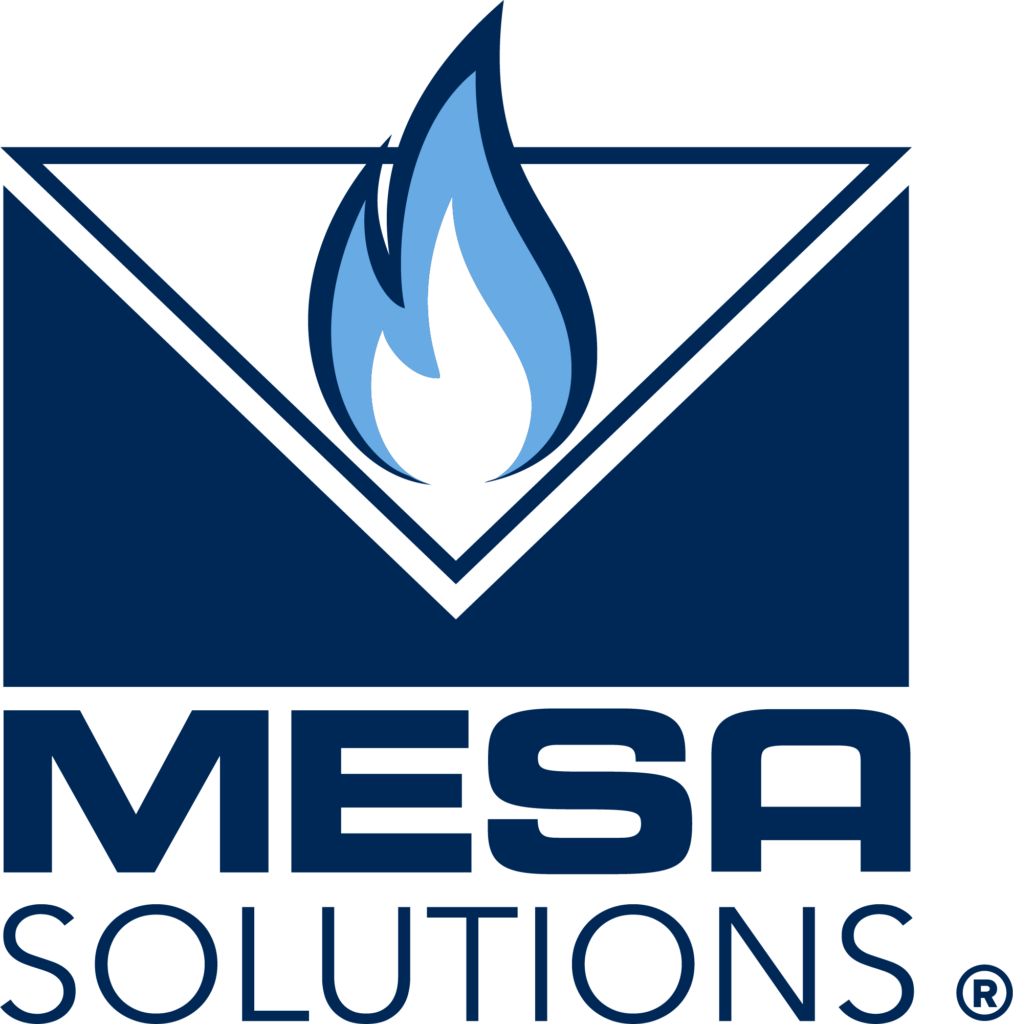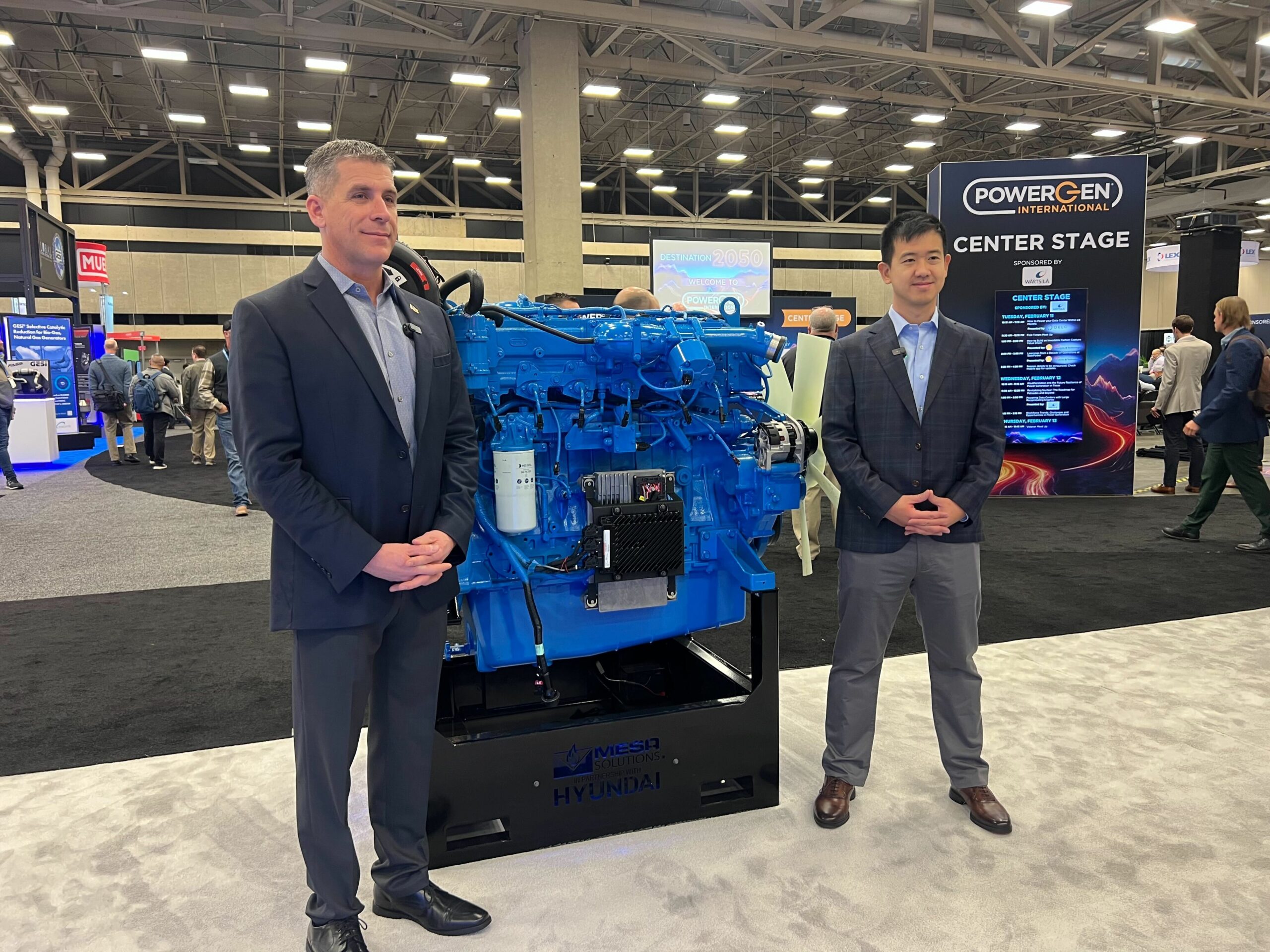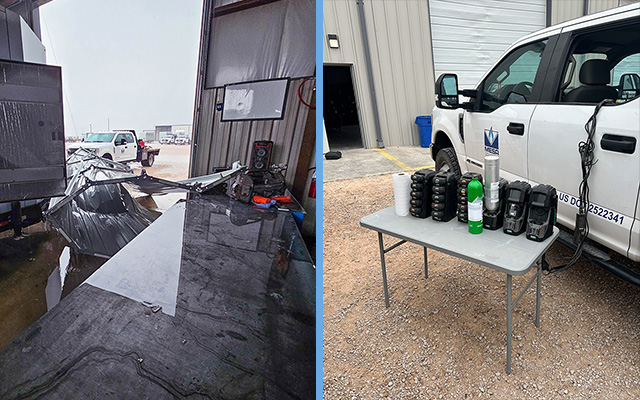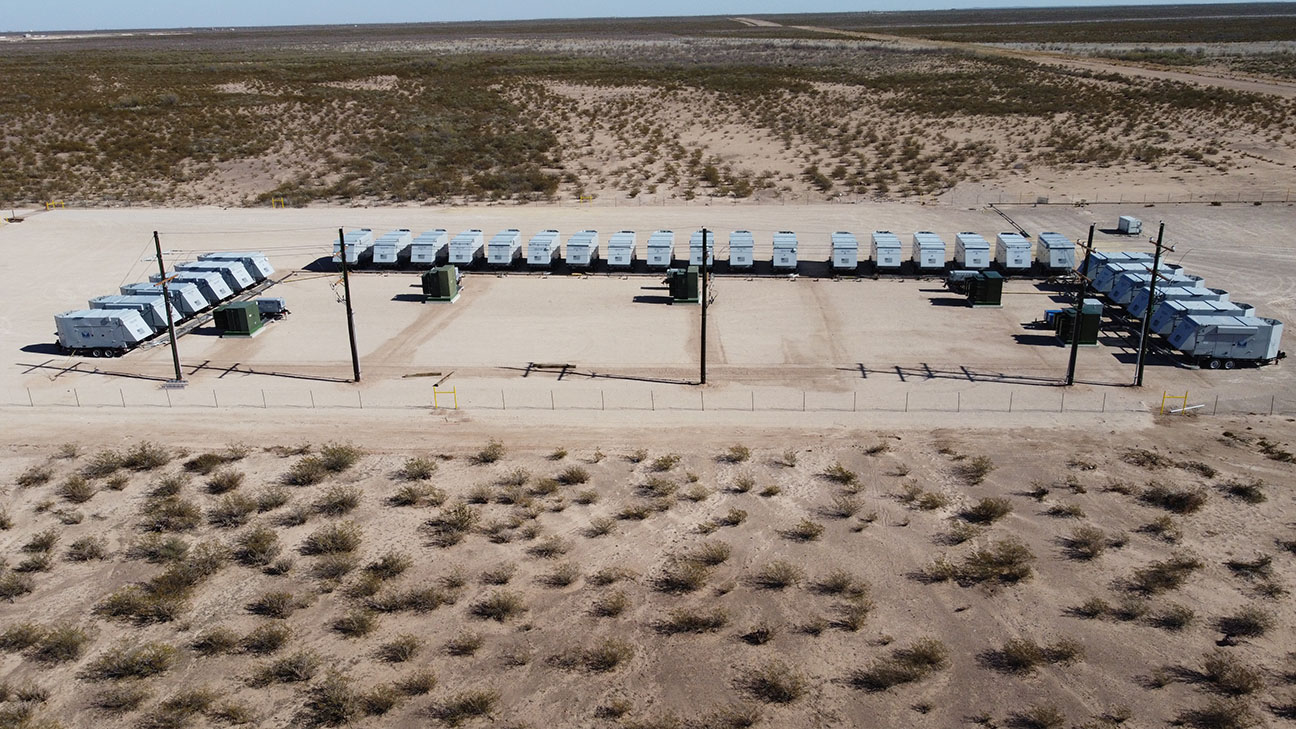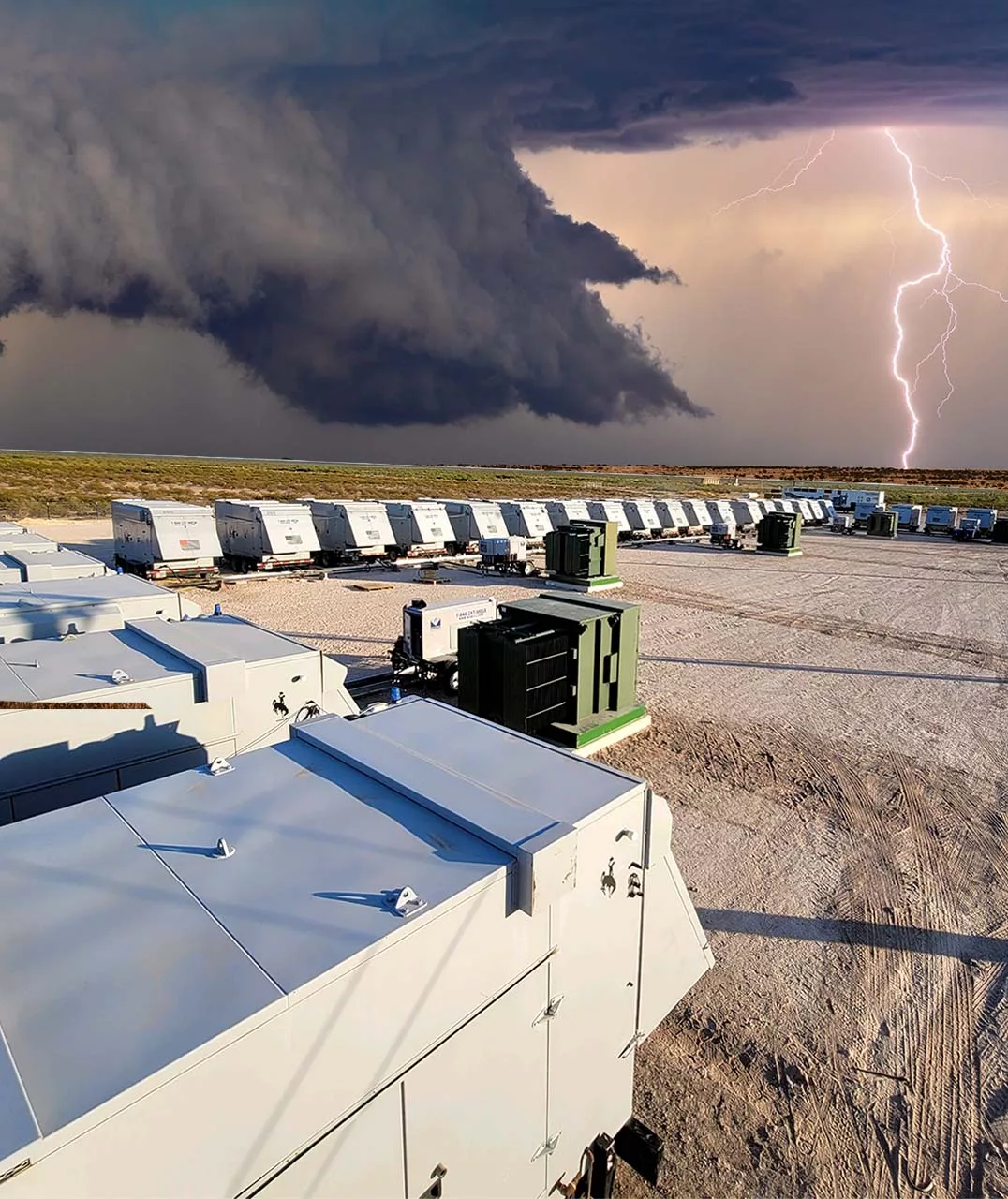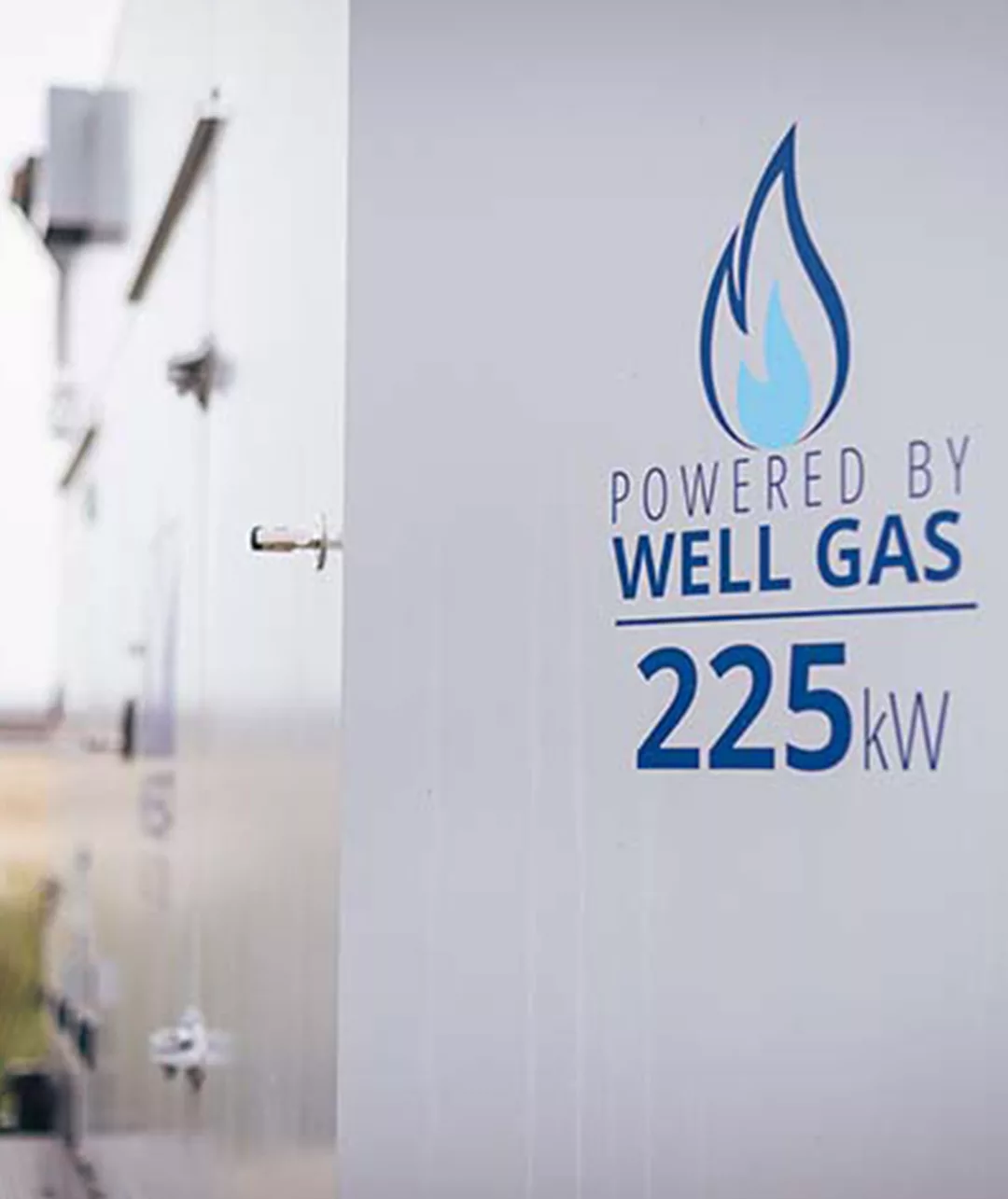Mesa customers are periodically faced with re-evaluation of the basic comparison: natural gas generator vs line power. A consumer will need to evaluate if they should plan to–or continue to–use natural gas generators or seek connections to utility systems. Many factors drive this analysis. The main issues are: time to serve, operating costs, and upfront charges. Each of these have several sub-issues consider when choosing which power generation option to employ. This article will layout the basic items to review when attempting to resolve all these issue down to a decision.
Timeliness and Timelines
Timeliness is certainly a chief consideration for customers with critical timelines to meet. While generators can usually be delivered and operational in a time period that ranges from a few hours to a few weeks, the completion of a utility line connection can often require three to eighteen months to complete, in extreme situations it can 3,4, or 5 years. Mesa Solutions can typically have a generator on site and running in a few hours from a customers call. There are a multitude of logical reasons for this longer lead time relative to the use of line power. Upon receipt of a customer load request, a utility must first determine two things: how far away is the line nearest to the customer, and does that line have sufficient electrical capacity to serve the requested load. For most utilities, if the nearest line is more than a few hundred feet away from the new load point, a business process “project” is created to assign resources and track progress related to line design, obtaining easements, supplying necessary materials, and performing construction of the line. All these, when conducted in sequential order, can take time. From the strategic perspective, the timeline is also influenced by the utility’s existing work load and its stance on system growth.
Operating costs
The traditional draw to pursuing utility connections is based on the presumption that, in the long term, utility rates will always produce lower monthly operating costs than generator lease rates. In the past, that presumption was often well founded. Presently, the forces of technical innovation, competition, and lease rate restructuring, have produced a commercial environment in which natural gas powered site generation can equal, or beat the utility price counterpart. At higher load factors, this is easily the case. Even at lower load factors, some generator leasing companies have structured rates that actually bill based on a kilowatthour component, thus creating the linkage between usage and cost is analogous to utility rate structures. Beyond simple linkage, the value of having this component in the cost model is also established by the fact that, when combined with a demand type component, it sends a price signal to both the customer and the generator supplier to keep a focus on proper generator sizing.
Operating costs can also be affected by reliability. Utility service can periodically be subject to area outages from storms or other types of damage, low voltage problems, and load curtailment requests. Generally, well established utilities do a good job of minimizing the extent of these risks, but exposure to these risks varies greatly from area to area, and it is in the best interest of the customer to research these conditions in each locality. Isolated micro-grids powered by generators can be exposed to some of these same issues, but the level of risk exposure is usually dramatically less. An important point to emphasize is that when generators are billed based on a demand/kilowatthour price model, the customer does not accrue charges during such reliability events, a concept previously enjoyed only by utility customers.
Rate filling plans
The last point to consider for natural gas vs line power is the category of operating costs is the forecasting of future rates. As mentioned earlier, a number of forces have created downward pressure on the cost components of site generation. In planning for future electricity costs, a customer should spend a reasonable amount of time researching the rate filing plans of utilities in their area. Most utilities strive diligently to hold down (or slow down) the effects of rising labor and material costs, regulatory compliance, and system maintenance. Eventually these costs will be incurred and must be passed along to the consumer, which isn’t a factor for Mesa Solutions.
Upfront charges
Utility rates are generally based on the average cost to serve different categories of consumers. When a customer requests service to a new load, the larger the load and the farther away it is from existing lines, the more the cost for the utility to serve it deviates from the average, and the more likely the utility is to require the customer to pay for a portion of the construction. The use of these funds is often a bit obscure to the customer. Think notionally of an electric line as a water line extending back to a source such as a water tower or a lake. If a large, and new, amount of water is needed at the end of the water line, it is sometimes necessary to increase the size of the water line, the size of the pumping stations, and the amount of water available at the source.
Similarly, electric systems can require upgrades to capacity and control equipment. Historically, these “delivery” costs have been offset by ever increasing economies of scale achieved by building ever larger centralized generation stations. When delivery costs outside normal ranges are needed, it is not uncommon for larger commercial and industrial customers to be required to pay $60,000 to $120,000 per mile for the construction of lines to serve their load. Occasionally, customers are required to pay on the order of several hundred thousand to several million dollars to pay for capacity upgrades at electric substations. In the past, these costs have been justified by customers by modeling payback periods as a function of low monthly charges.
The revolution in power today is being driven by the ever decreasing cost of distributed (local, site) power generation. It is important in today’s environment to analyze the ever increasing cases in which site generation, with no upfront charges and lower monthly rates, eliminate the need to perform cost justification of utility system buildout. Comparing natural gas generator vs line power is certainly relevant and a legitimate method by which you can potentially improve the efficiency of your job site.
